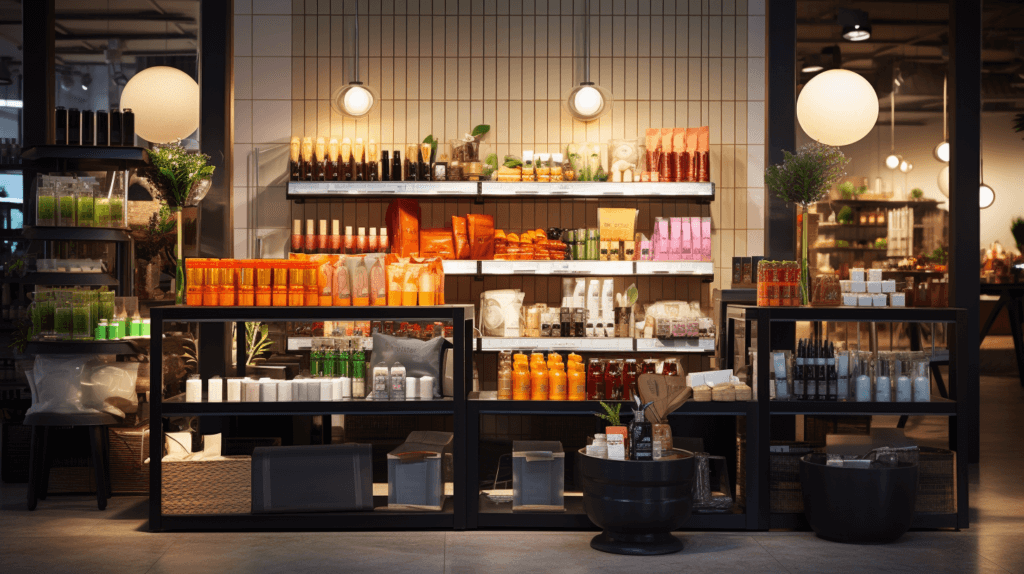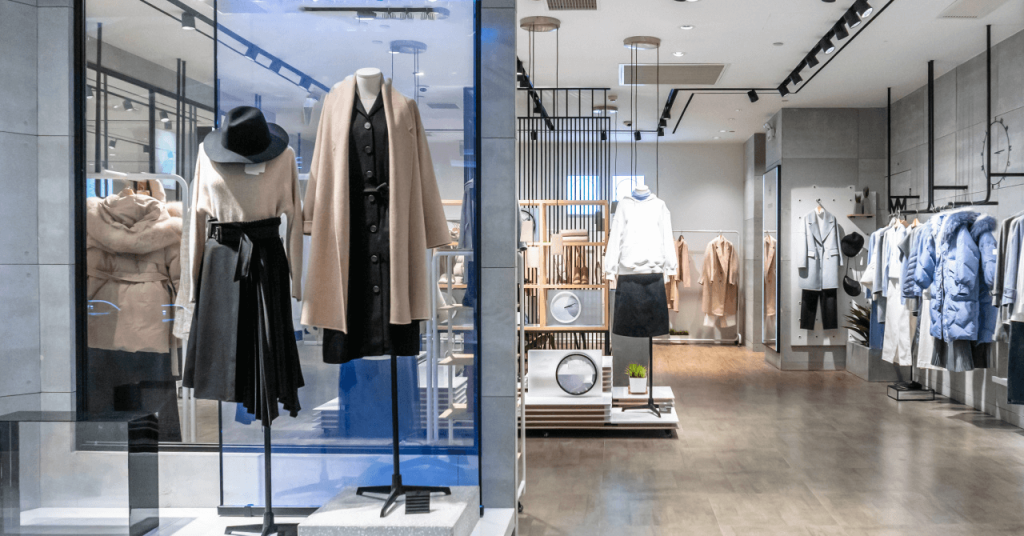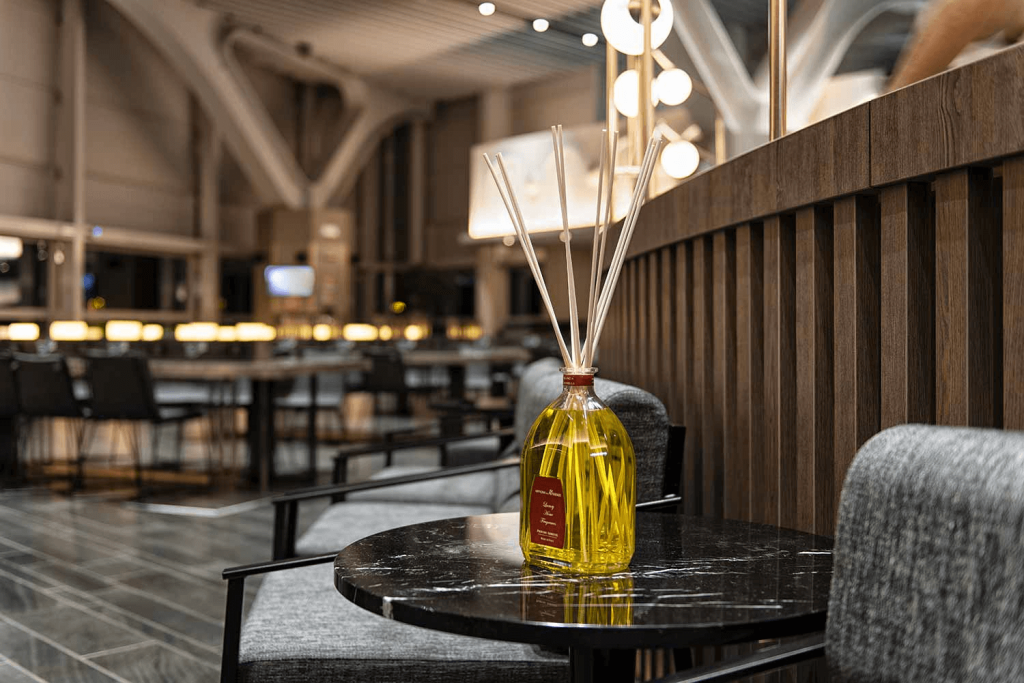
Author: Arti Devmurari
Published: July 5, 2025 | Updated: July 23, 2025In today’s competitive retail environment, creating a memorable shopping experience goes beyond just attractive displays—it involves engaging all the senses. Imagine stepping into a store where soft lighting, carefully curated music, and subtle scents work together to draw you in and make you feel instantly at home. This is the power of sensory marketing, a strategy that taps into sight, sound, and smell to evoke emotions, extend dwell time, and ultimately boost sales.
Sensory marketing transforms the customer experience by creating an immersive environment that triggers emotional connections. When shoppers feel relaxed and engaged, they’re more likely to linger, explore, and purchase. Big brands like Apple, Starbucks, and Abercrombie & Fitch have successfully harnessed this strategy, and you too can benefit from it by thoughtfully incorporating sensory elements into your retail space.
Lighting is the foundation of a welcoming environment. It doesn’t just illuminate your space—it shapes perceptions and directs attention.
Design Tip: Use a combination of ambient, accent, and task lighting. For example, warm, ambient lighting can create a cosy atmosphere in cafés and bookstores, while brighter, cooler lighting might be more suitable for tech stores.

The right music can influence mood, pace, and even purchasing decisions. Fast-paced tunes can energise a gym or fast-fashion store, whereas soft, instrumental music creates a relaxed ambience perfect for high-end boutiques or cosy cafés.
Design Tip: Tailor your soundtrack to your brand and test different volumes to find the optimal balance that encourages browsing without overwhelming the space.

Scent is a powerful trigger of memory and emotion. A well-chosen fragrance can transport customers to another place, evoke cherished memories, and enhance the overall shopping experience.
Design Tip: Choose scents that align with your brand’s identity—lavender and vanilla for a calming, luxurious feel, or citrus and mint for a refreshing, energising effect. Use diffusers to maintain a subtle, consistent aroma.

When lighting, music, and scent work together harmoniously, the results can be truly transformative. A luxury boutique might feature soft, warm lighting, a background of smooth jazz, and delicate floral scents, creating an atmosphere that exudes sophistication. Conversely, a high-energy sports store might use bright, dynamic lighting, upbeat pop music, and crisp citrus aromas to energise customers.
Design Tip: Ensure that all sensory elements are aligned with your brand message. A cohesive sensory strategy not only enhances customer engagement but also strengthens brand identity.

Sensory marketing is about creating an environment where every detail is designed to enhance the customer experience. By carefully curating your store’s lighting, music, and scents, you can create a space that not only attracts shoppers but also keeps them coming back. Embrace the power of sensory marketing to transform your retail environment into a destination where every visit is an experience to remember.